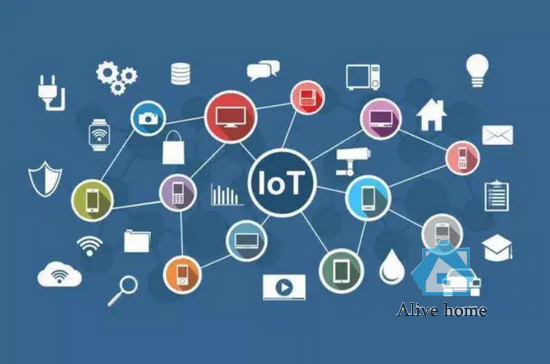This article was written by Betsy Conroy
This year saw notable milestones in the development of smart building cabling infrastructure standards. In March, the Telecommunications Industry Association (TIA) published the ANSI/TIA-568.5 Single Pair Ethernet (SPE) cabling standard. Four months later, the TIA published the ANSI/TIA-862-C smart building standard, which contains technical updates and topologies to help connect and power IoT devices, including the added SPE standard (aligned with 568.5).
Recently, the National Fire Protection Association Standards Committee voted to approve the 2023 National Electrical Code (NEC) with Category 4 fault-managed power supplies, which will expand the use of energy-efficient direct current (DC) power supplies on low-voltage cables, which is regulated by the U.S. Green Building Council. LEED 4th edition pilot credit for DC power system incentives. DC power system excitation.
These milestones encourage cabling infrastructure design and implementation practices to improve smart building connectivity and sustainability—but the market is still in its infancy. The lack of actual products in the commercial market complicates the design of new projects. But technology vendors can adopt strategies today to future-proof infrastructure for tomorrow.

more is not better
According to 862-C, the recommended medium for smart buildings is Category 6A (Cat 6A) or higher performance cabling. In fact, one of the major updates to 862-B, issued in 2016, was the removal of Class 6 as a recognized medium. Cat 6A is a four-pair copper cable that supports data transmission speeds of up to 10 gigabits per second (Gbps) while supporting up to 90 watts of Power over Ethernet (PoE) over distances of up to 100 meters. This makes it an ideal cable for security devices, digital displays, wireless access points, LED lights, and energy-efficient smart window shades and windows that require fast transmission speeds and/or high power.
These milestones encourage cabling infrastructure design and implementation practices to improve smart building connectivity and sustainability—but the market is still in its infancy. The lack of actual products in the commercial market complicates the design of new projects. But technology vendors can adopt strategies today to future-proof infrastructure for tomorrow.
While deploying Cat 6A cabling infrastructure is currently the best practice for most connected devices, this trend may be changing. “Over the past decade, the industry has done an excellent job of bringing together four-pair Cat 6A as a technology and building on it,” said Ronna Davis, CommScope's director of market development strategy and technology. “But we also know that globally, we need to reduce the copper and embodied carbon in buildings. The caveat is that we need to do this in a way that doesn’t reduce the usefulness of smart building networks or bring more power and Broadband-to-the-edge capabilities are the way to do that."
"Globally, we need to reduce copper and embodied carbon in buildings. With care, we need to do this in a way that doesn't reduce the utility of smart building networks or their ability to bring more power and bandwidth Come do it to the brink."

Henry Franc, technical solutions architect at cabling and connectivity manufacturer Belden, agrees with Davis, chair of the TIA TR-42 committee that develops and maintains standards for building cabling, including 862-C. "For years, the way to connect more devices and provide more bandwidth has been to add more cables, but that's not sustainable," he said. “The structures supported by our cabling no longer support our waste, and global challenges are driving us to grow early. With the addition of technologies such as SPE and hybrid copper-fiber cabling, the 862-C is more sensitive to the environment it is intended to serve and is more All stakeholders in the building ecosystem are more relevant: telecommunications, electrical, construction and mechanical.”
Contact: May liu
Phone: 18320066406
E-mail: may@cnhousehold.cn
Whatsapp:0086-18320066406
Add: Third Floor ,521th Tianyuan Road, Yuangang Street ,Tianhe District ,Guangzhou,Guangdong ,China
We chat
